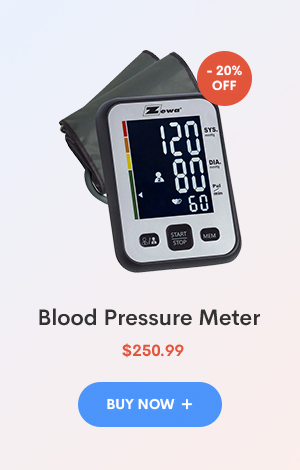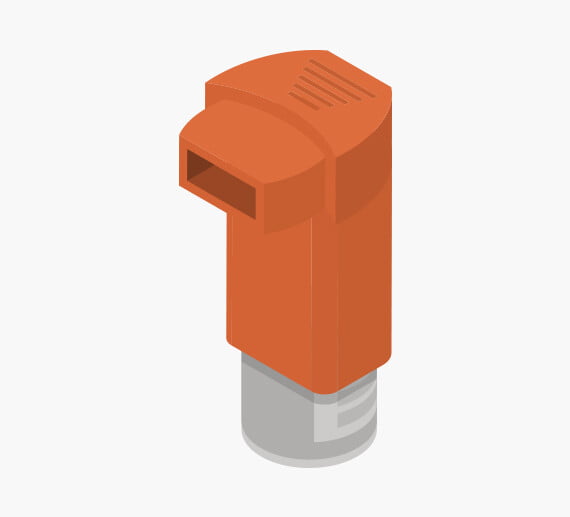Subtotal:
₨344,896.00
Description
Covid 19 Hand Gloves
As the COVID-19 pandemic continues to impact our lives, personal protective equipment (PPE) such as hand gloves has become an essential part of our daily routine. While washing hands regularly is the best way to prevent the spread of the virus, hand gloves are also recommended in certain situations. In this article, we will discuss everything you need to know about COVID-19 and hand gloves.
What Are Hand Gloves?
Hand gloves, also known as disposable gloves or medical gloves, are a type of PPE designed to protect the hands from harmful substances and germs. They are typically made of latex, nitrile, or vinyl and are available in various sizes and thicknesses. Hand gloves are commonly used in medical settings to prevent the spread of infection and protect healthcare workers from exposure to bodily fluids and hazardous substances.
How Do Hand Gloves Help Prevent the Spread of COVID-19?
Hand gloves can help prevent the spread of COVID-19 by creating a barrier between the hands and the virus. When worn correctly, hand gloves can prevent the transfer of germs from one surface to another and reduce the risk of infection. However, it is important to note that hand gloves are not a substitute for proper hand hygiene. Washing hands with soap and water for at least 20 seconds is still the most effective way to prevent the spread of the virus.
When Should You Wear Hand Gloves?
Hand gloves are recommended in situations where there is a higher risk of exposure to the virus, such as when caring for someone who is sick or when cleaning and disinfecting surfaces. They are also recommended for healthcare workers who are in close contact with COVID-19 patients. However, hand gloves are not recommended for everyday activities such as grocery shopping or running errands. In these situations, washing hands regularly and practicing social distancing are more effective in preventing the spread of the virus.
How to Use Hand Gloves Correctly?
To use hand gloves correctly, follow these steps:
- Choose the right size and type of glove for the task.
- Check the gloves for any defects or tears before use.
- Wash hands thoroughly with soap and water before putting on gloves.
- Put on gloves and adjust them to fit snugly.
- Avoid touching the face or other surfaces while wearing gloves.
- Remove gloves by peeling them off from the wrist, being careful not to touch the contaminated surface.
- Dispose of gloves in a trash bin and wash hands thoroughly with soap and water.
It is important to note that hand gloves should be changed frequently, especially when caring for someone who is sick or when cleaning and disinfecting surfaces. Single-use gloves should be disposed of after each use, while reusable gloves should be washed and disinfected after each use.
What Are the Risks of Using Hand Gloves Incorrectly?
Using hand gloves incorrectly can actually increase the risk of infection. If gloves are not used and disposed of correctly, they can become contaminated and transfer germs from one surface to another. Wearing gloves for extended periods of time can also lead to skin irritation and other allergic reactions. It is important to use hand gloves correctly and to follow proper hand hygiene practices to prevent the spread of the virus.
Conclusion
Hand gloves can be an effective tool in preventing the spread of COVID-19, but they are not a substitute for proper hand hygiene. Washing hands regularly and practicing social distancing are still the most effective ways to prevent the spread of the virus. When using hand gloves, it is important to choose the right type and size, use them correctly, and dispose of them properly. By following these guidelines, we can all do our part to prevent the spread of COVID-19.
FAQs
- Can hand gloves be reused?
Reusable gloves can be washed and disinfected after each use, but single-use gloves should be disposed of after each use.
- Can wearing hand gloves prevent me from getting infected with COVID-19?
While hand gloves can create a barrier between the hands and the virus, they are not a substitute for proper hand hygiene. Washing hands regularly with soap and water for at least 20 seconds is still the most effective way to prevent the spread of the virus.
- What type of glove should I use?
The type of glove you should use depends on the task you are performing. Latex gloves are good for general use, but if you have a latex allergy, nitrile or vinyl gloves may be a better choice.
- How often should I change my hand gloves?
Hand gloves should be changed frequently, especially when caring for someone who is sick or when cleaning and disinfecting surfaces. Single-use gloves should be disposed of after each use, while reusable gloves should be washed and disinfected after each use.


















Nabeela Khan –
I was really impressed with the selection of surgical and healthcare instruments available at AfifaSurgical. Their prices are very competitive, and the staff is incredibly helpful.